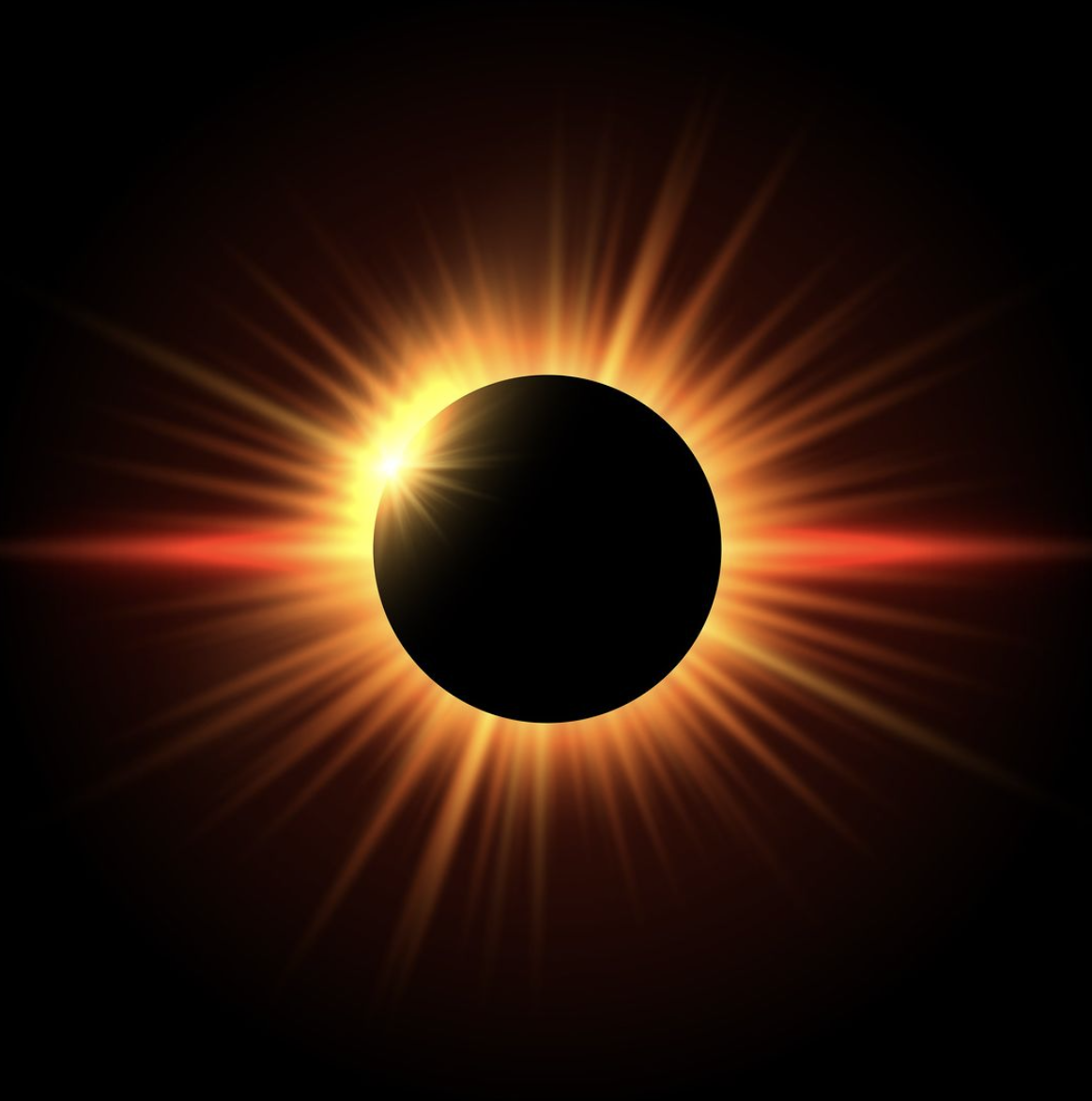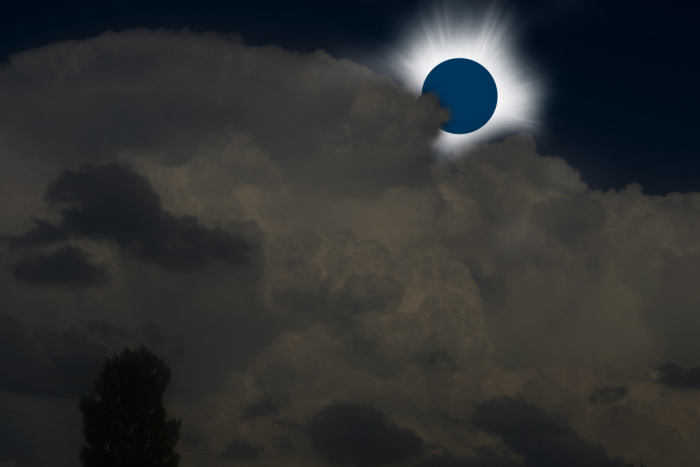The Next Total Solar Eclipse Will be the Biggest Eclipse Yet. Here’s When to Mark Your Calendar.
Forget about the full moon because a historical cosmic spectacle is coming sooner than what you might think.
And by cosmic spectacle, I mean a total solar eclipse!

That’s right, according to NASA, the United States will witness it’s largest eclipse since 2017.
And while the total solar eclipse isn’t exactly around the ben, it’s worth it to mark your calendars now considering this event will be the nation’s biggest eclipse.

There’s even a countdown to the eclipse on NASA’s website, and if the professionals have already marked their calendars, why shouldn’t we?
It’s also worth noting that the next total solar eclipse won’t be seen again in the U.S. until 2044.

That’s 21 years from now!

And just as a refresh, a total solar eclipse is when the moon completely covers the face of sun.
The lucky states that are in the eclipse’s path are Texas, Oklahoma, Arkansas, Missouri, Illinois, Kentucky, Indiana, Ohio, Pennsylvania, New York, Vermont, New Hampshire, and Maine.

The individuals who will be able to view the eclipse from areas where the moon’s shadow will completely cover the sun, otherwise known as the “path of totality” will experience a total solar eclipse.
So be prepared for the sky to darken and if Mother Nature permits, people viewing from locations along the path of totality will even witness the sun’s corona, aka the (outer atmosphere)!

Now if you are outside the path of totality, don’t fret because you will still be able to view a partial solar eclipse according to the American Astronomical Society.
And that’s just as spectacular.

However, it’s important to keep in mind that NASA recommends to practice safe viewing before and after the total solar eclipse which means it’s critical to wear approved solar eclipse glasses.
And of course it’s never safe to view the sun with the naked eye.

“Except during the brief total phase of a total solar eclipse, when the moon completely blocks the sun’s bright face, it is not safe to look directly at the sun without specialized eye protection for solar viewing.”
NASA

You can currently find solar eclipse glasses here, on Amazon.
Next year’s hostorical total solar eclipse is officially less than one year away and will occur on April 8, 2024!








